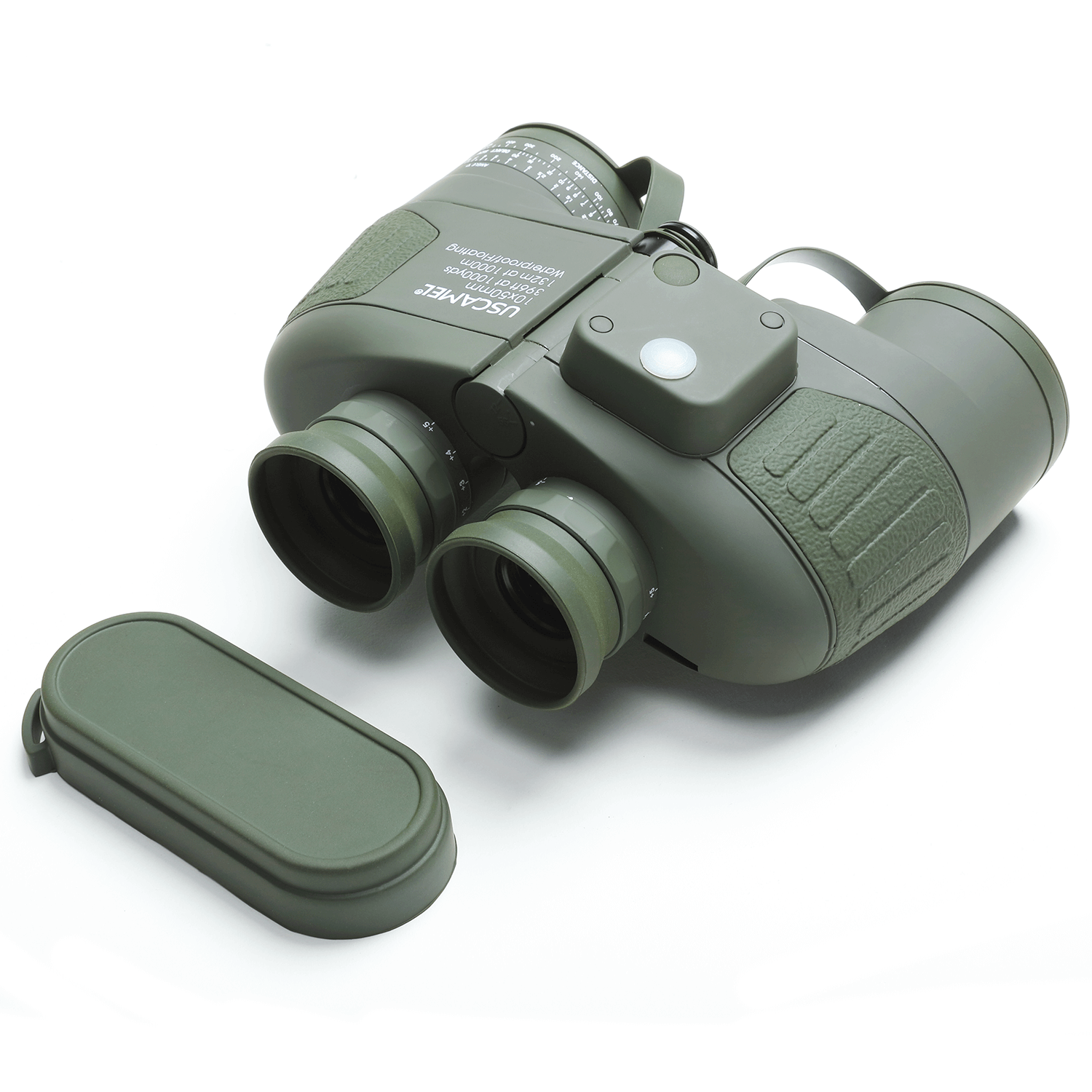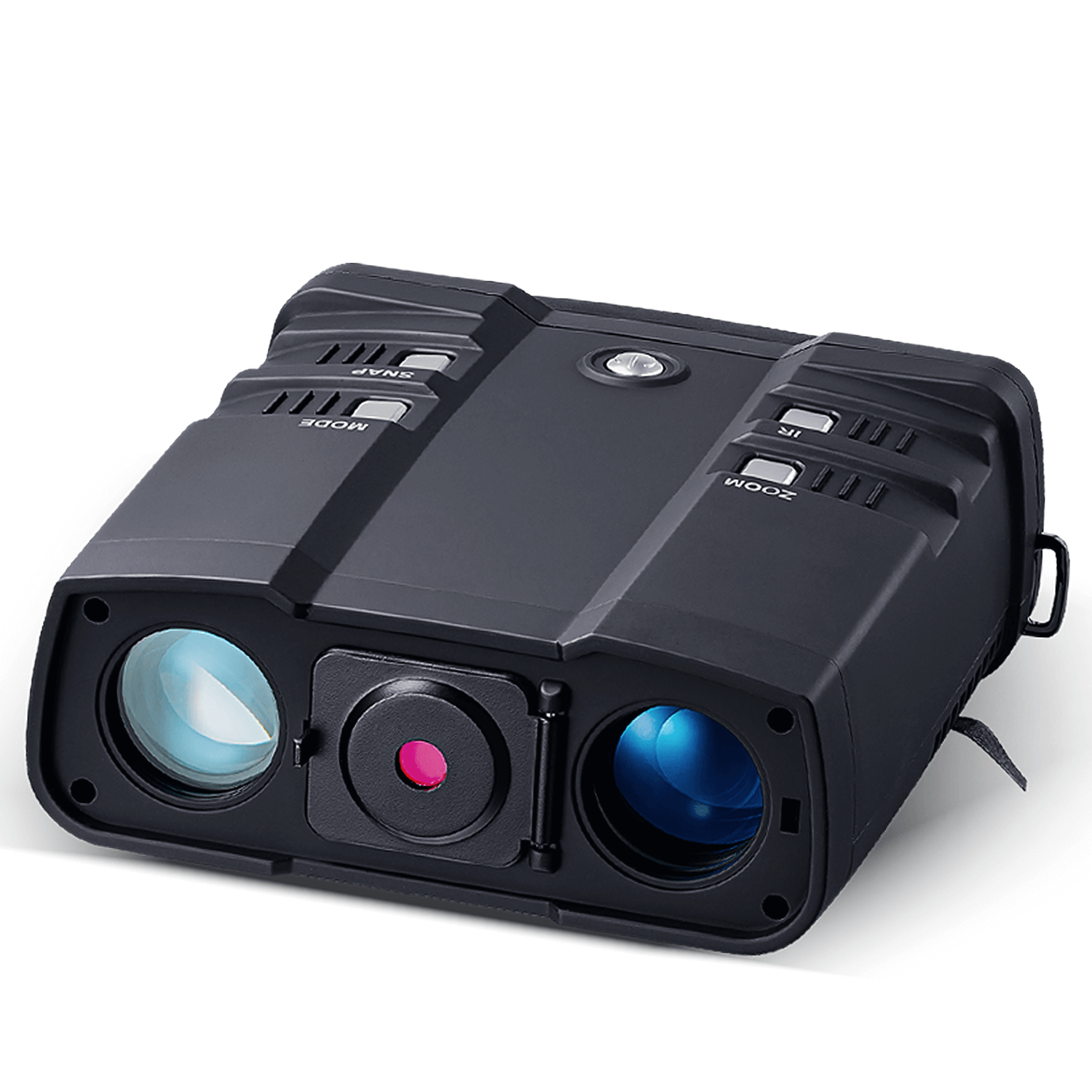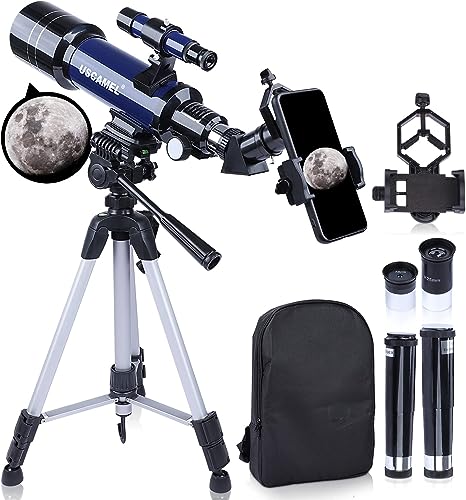When it comes to telescopes, "catadioptric" refers to the use of both reflection and refraction of light. These telescopes are also called "compound" telescopes because they blend elements of both refracting and reflecting designs.
In 1930, German astronomer Bernhard Schmidt created the first compound telescope which included a spherical primary mirror at the back and a glass corrector plate at the front.
The Schmidt telescope served as the precursor to the popular Schmidt-Cassegrain telescope (SCT) design. The SCT was developed by French professor Laurent Cassegrain and incorporates a corrector plate at the front which allows light to enter the tube and reflect off the primary mirror located at the base. The light is then reflected to a secondary mirror mounted on the corrector and passes through a hole in the primary mirror before reaching the eyepiece at the back of the telescope.
Also these are important
- One major advantage of a compound telescope is its compact design, making it a convenient grab-and-go option. They are often much shorter than reflectors or refractors with similar aperture sizes.
- Like refractors, compound telescopes have a closed tube which means they take longer to adjust to outside temperature changes than open-tube reflectors. Some manufacturers have implemented filtered cooling vents behind the primary mirror to speed up this process.




